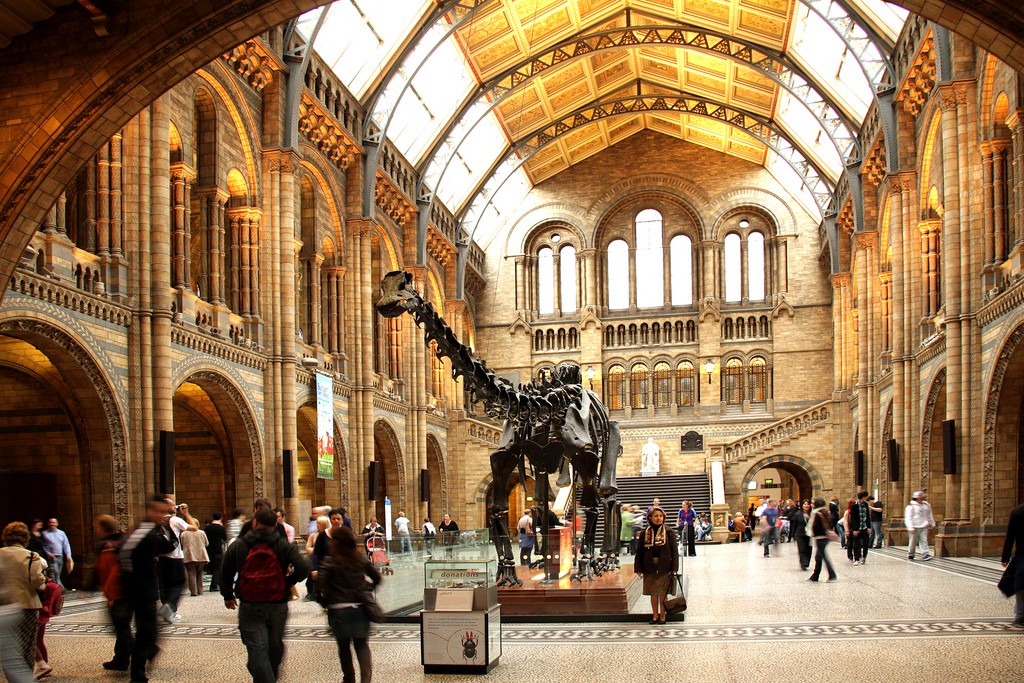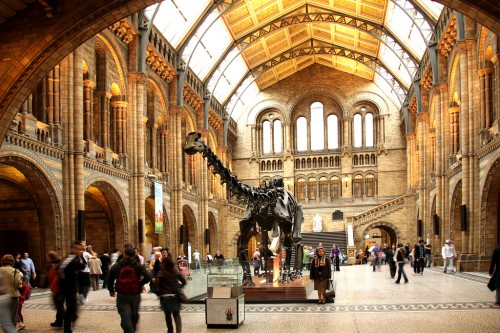20th March 2014
Behind the scenes at the museum

One of the issues that sometimes crosses my desk is the return of indigenous remains from western museums. So I went along to London’s Natural History Museum to call on Director Michael Dixon and his experts to find out more.

More than half NHM’s human collection consists of British remains. They enable scientific research which has helped to produce for example the excellent current exhibition “One million years of the human story”. But within Australia’s indigenous community there are different cultural traditions about ancestors. And of course we must respect those. So the NHM, like other major international museums, is currently involved in a process to respond to requests for the return of all such remains to where they belong in Australia.
Some might wonder why don’t they just get on and send them all back now. But, as I learned, it is not quite as simple as that. First, it’s necessary to be clear on exactly which remains we’re talking about. The NHM’s collection has been accumulated over the years from various sources, often without full documentation. One set of remains from Australia, thought to be indigenous, turned out to be an English woman, transported as a convict.
Second, for Aboriginal and Torres Strait Islanders, the sense of place is vitally important in locating ancestral spirits. And, as information on origins is often poor, it is not always immediately obvious where a particular set of remains comes from, and thus to which particular community it should be returned. So the identification process, using archive documentation and scientific methods, requires painstaking, time-consuming work by scientific experts. There are only a relatively small number of these experts in Britain and Australia and they are working closely together.
One particularly prominent case which has been raised by a number of Australians is that of indigenous leader Pemulwuy who died at the hands of the early settlers and whose skull was sent to Britain. What happened to it since then remains a mystery. The early letters and documents suggest that it may have been in the collection of the Royal College of Surgeons in the early 19th Century.
However, the RCS was badly damaged during the WWII Blitz: some of the remaining collection went to the NHM; some was returned to Australia. The NHM have no positive information that indicates that Pemulwuy’s skull is there but will be working further with the Australian government on all remains to develop archive and other evidence.
It is all a very complicated and sensitive subject. But overall I gained the impression of a highly professional and competent group of scientific experts, working conscientiously to ensure that all indigenous remains will be returned to their rightful place in Australia as soon as practically possible.